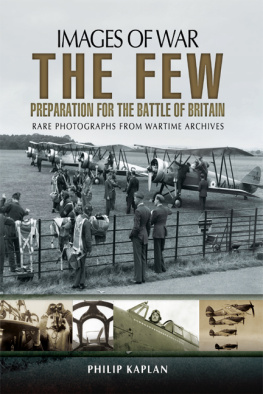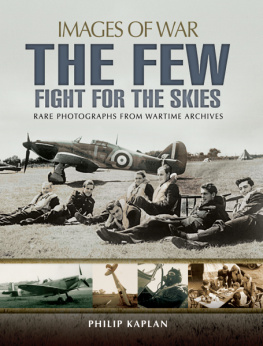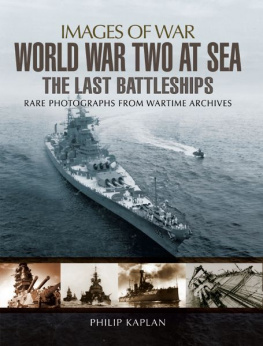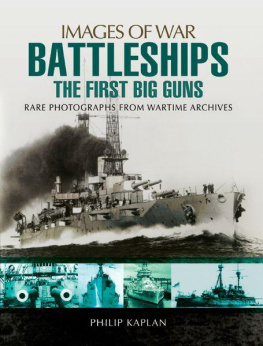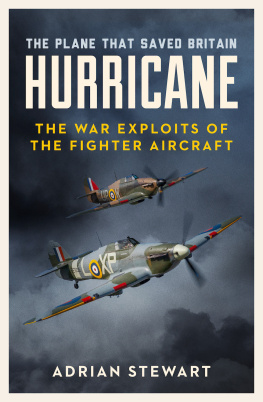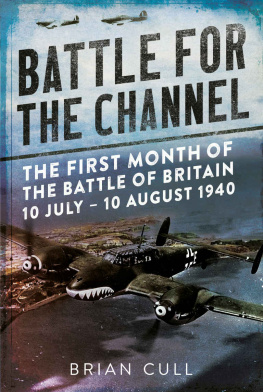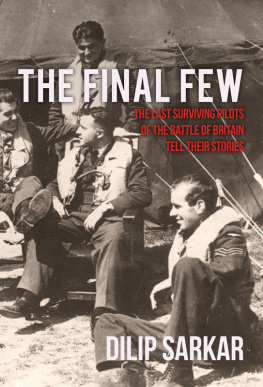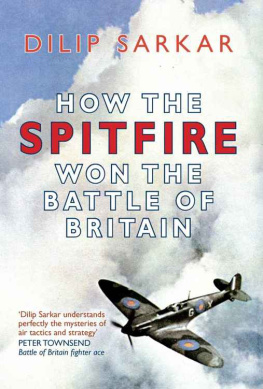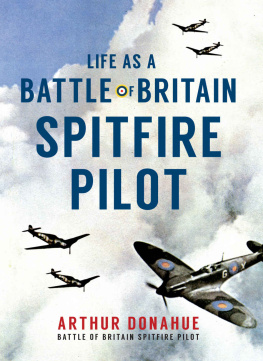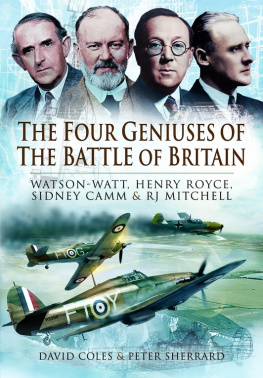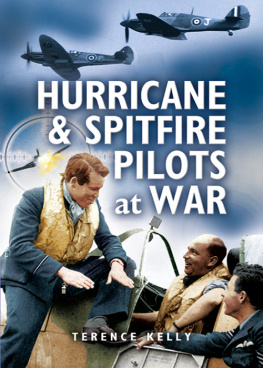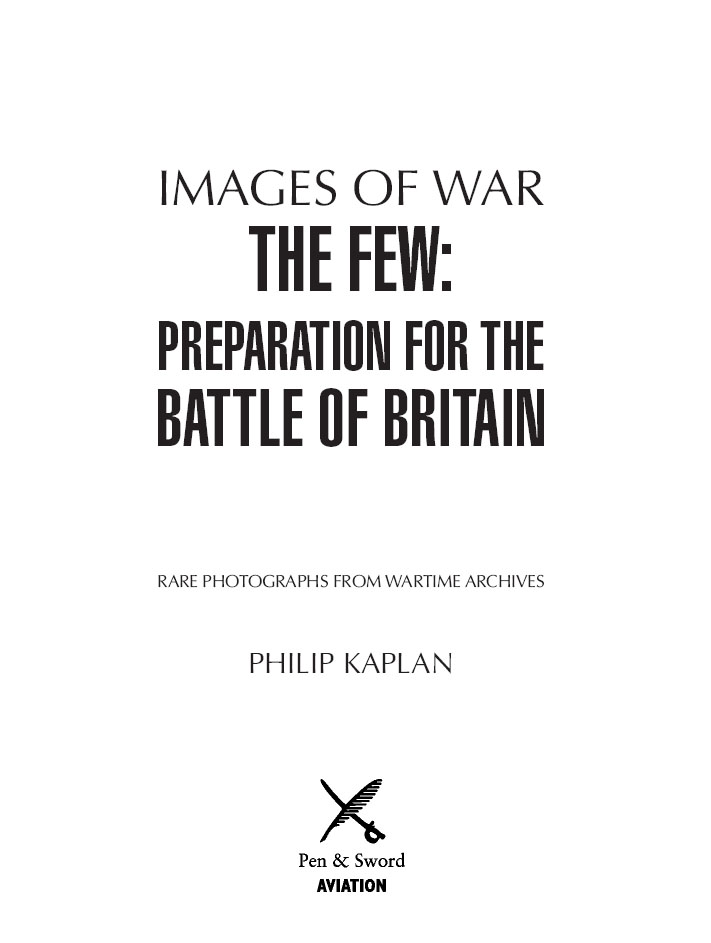
First printed in Great Britain in 2014 by
Pen & Sword Aviation
an imprint of
Pen & Sword Books Ltd.
47 Church Street
Barnsley,
South Yorkshire
S70 2AS
Copyright Philip Kaplan 2014
A CIP record for this book is available from the British Library.
ISBN 978 1 78346 287 2
eISBN 9781473831971
The right of Philip Kaplan to be identified as Author of this Work has been asserted by him in accordance with the Copyright, Designs and Patents Act 1988.
All rights reserved. No part of this book may be reproduced or transmitted in any form or by any means, electronic or mechanical including photocopying, recording or by any information storage and retrieval system, without permission from the Publisher in writing.
Printed and bound in England
By CPI Group (UK) Ltd. Croydon, CR0 4YY
Pen & Sword Books Ltd incorporates the Imprints of
Pen & Sword Aviation, Pen & Sword Family History, Pen
& Sword Maritime, Pen & Sword Military, Pen & Sword
Discovery, Wharncliffe Local History, Wharncliffe True
Crime, Wharncliffe Transport, Pen & Sword Select, Pen
& Sword Military Classics, Leo Cooper, The Praetorian
Press, Remember When, Seaforth Publishing and
Frontline Publishing.
For a complete list of Pen & Sword titles please contact
Pen & Sword Books Limited
47 Church Street, Barnsley, SouthYorkshire, S70 2AS,
England
E-mail: enquiries@pen-and-sword.co.uk
Website: www.pen-and-sword.co.uk
Contents
The author is grateful to Margaret Mayhew, whose generous help, suggestions, ideas and assistance were invaluable. Special thanks to the many Battle of Britain participants for their kind contributions and assistance. A special thank you too, to the following people for providing additional photos, information, interviews, gifts and loans of personal memorabilia, as well as other forms of assistance: Monique Agazarian, Tad Andersz, J.A. Baker, Malcolm Bates, RAF Bentley Priory, Tony Bianchi, Harold Bird-Wilson, Kazimierz Budzik, C.J. Bunney, John Burgess, Richard Bye, Geoffrey Charters, Pat Collier, Richard Collier for his superb text, Jack Currie, Alan C. Deere, R.F.T. Doe, Neville Duke, Gary Eastman, Richard Erven, Gilly Fielder, Bob Fisher, Brian Forbes, Christopher Foxley-Norris, Dave Glaser, Ella Freire, Joan Goodman, Barry Gregory, Stephen Grey, Jonathan Grimwood, Tony Iacono, Lynn Johnson, Claire and Joe Kaplan, Neal Kaplan, Brian Kingcome, Bud Knapp, Tadeusz Krzystek, Edith Kup, Reg Mack, Eric Marsden, Mike Mathews, Tilly McMaster, Edward R. Murrow, Lynn Newmark, John Newth, Michael OLeary, Geoffrey Page, Pauline Page, Keith Park, Horst Petzschler, Alan Reeves, Edward Reeves, R.A. Reiss, Mark Ritchie, Andy Saunders, William L. Shirer, Mary Smith, San Diego Aerospace Museum, Tangmere Military Aviation Museum, Peter Townsend, Chris von Glahn, Ray Wagner, and Frank Wootton, The Bundesarchiv, The Imperial War Museum, The U.S. National Archives and Records Administration, The Royal Air Force Museum. Reaonable efforts have been made to trace the copyright holders to use their material. The author apologizes for any omissions. All reasonable efforts will be made to correct such omissions in future editions of this work.
The Unease
The key word of the age was appeasement. It was whispered through the chancellories and conference chambers of the nineteen-thirties as insidiously as the pop tunes of the day permeated the lives of the people: Top Hat, Smoke Gets In Your Eyes, Love In Bloom . It signified, in essence, a tacit acceptance of naked aggression: that Adolf Hitler, Fhrer and Chancellor of the Third Reich, should, at noon on March 7, 1936, send a handful of battalions to occupy the 9,000 square miles of the demilitarized Rhineland in defiance of the 1919 Treaty of Versailles. This was a treaty, which was designed to curb the militarism of Kaiser Wilhelms time, that still, after seventeen years, rankled in so many German breasts.
Appeasement meant that Benito Mussolini, Italys Il Duce of Fascism, whose goal was a new and glorious Roman Empire, could, with impunity, on October 3, 1935, launch an unprovoked seven-month conquest of the ancient kingdom of Ethiopia. Since the sanctions invoked by the 50-strong League of Nationsanother creation of Versaillesstopped short of oil, the Duces brigandage went unopposed.
Never openly voiced, although silently acknowledged, was the realization that World War Two would involve whoever opposed the dictators in a rain of devastation from the airand that the air forces of the uneasy allies, Britain and France, were in no shape to counter that threat.
The much vaunted Royal Air Force, formed on April 1, 1918, had soon stood revealed as the nine-day wonder that it was. A total of 184 squadrons operational on Armistice Day had, by early 1920, whittled down to eighteenof which only three were based in England. Although 1925 saw the creation of an Auxiliary Air Force, an officers-only Territorial Association of wealthy amateurs, who made up the finest flying club in the world, and a Royal Air Force Volunteer Reserve, aimed at raising RAF strength from 29,000 to 90,000 in three years, had barely reached the drawing board stage by June 1935.

British Prime Minister Neville Chamberlain

A David Low cartoon of 1940 captioned, Ooo! See what that wicked Chamberlain makes me do. P

A Schneider Trophy race programme from 1931

Assembling the wings of the prototype Hawker Hurricane at Kingston, London, in 1935

Instructors and students of the London Air Squadron preparing for an afternoons flying in their Avro Tudor aircraft
Behind this compound of stupidity, cowardice and petty self-interest lay a genuine belief that Hitler and Mussolini, initially seen as bastions of order and stability against the extreme left, were essentially responsible statesmen. And, given enough territory they would, ultimately, prove quite amenable to reason. (Hitler, Lord Lothian, a prominent appeaser among the Liberal Partys ranks, rationalized the Rhineland seizure, is doing nothing more than taking over his own back garden.) Conveniently ignored were the truths that the National Socialists had for three years worked as silently as termites in timber, in flagrant defiance of Versailles, to create a standing army of 500,000 men, and a Luftwaffe of almost 2,000 aircraft. For Hitlers freely-avowed aim was Lebensraum (living space), a Reich whose frontiers would soon extend beyond all normally accepted frontiers, and ultimately Lebensraum would mean war.


